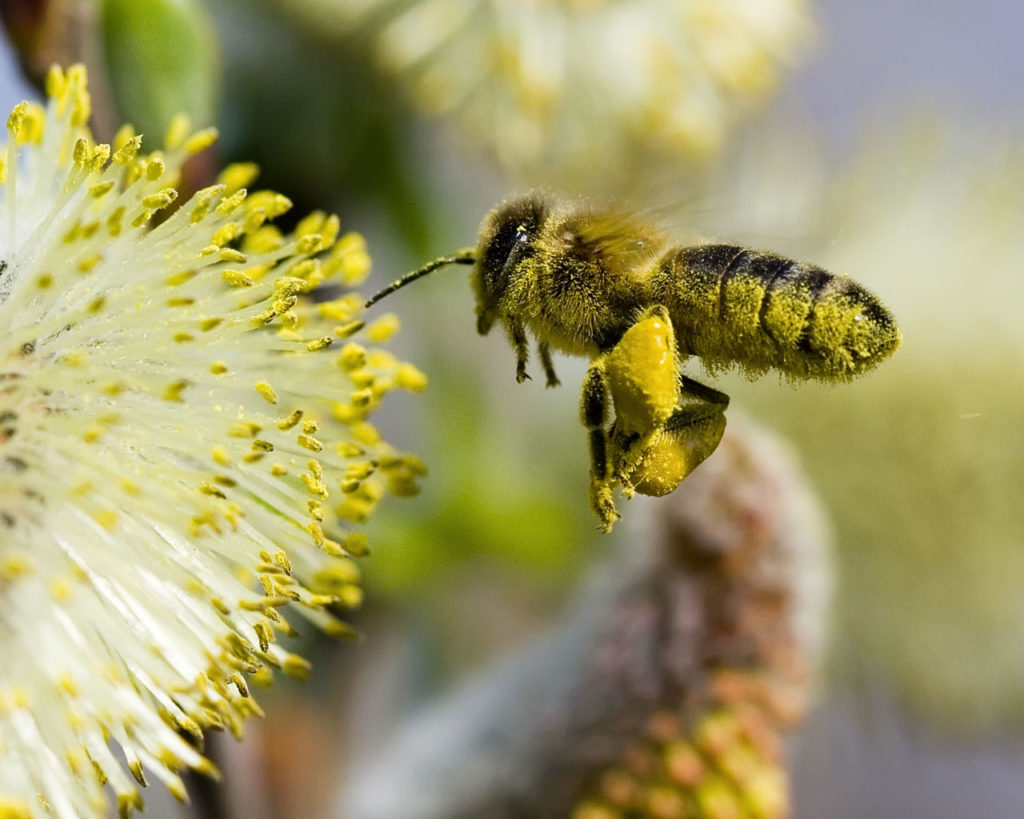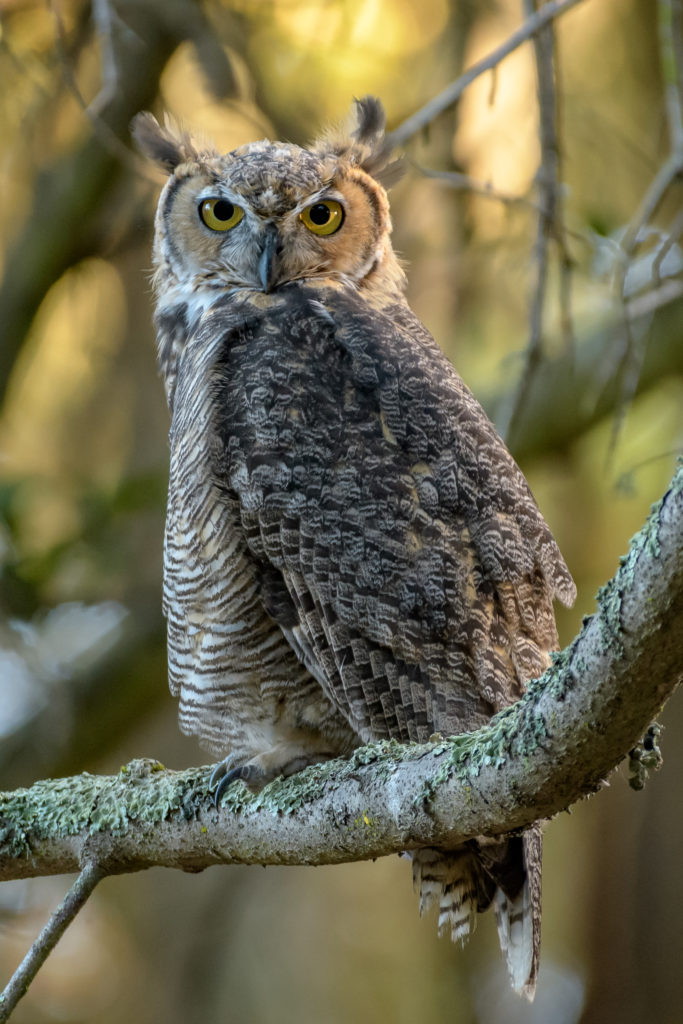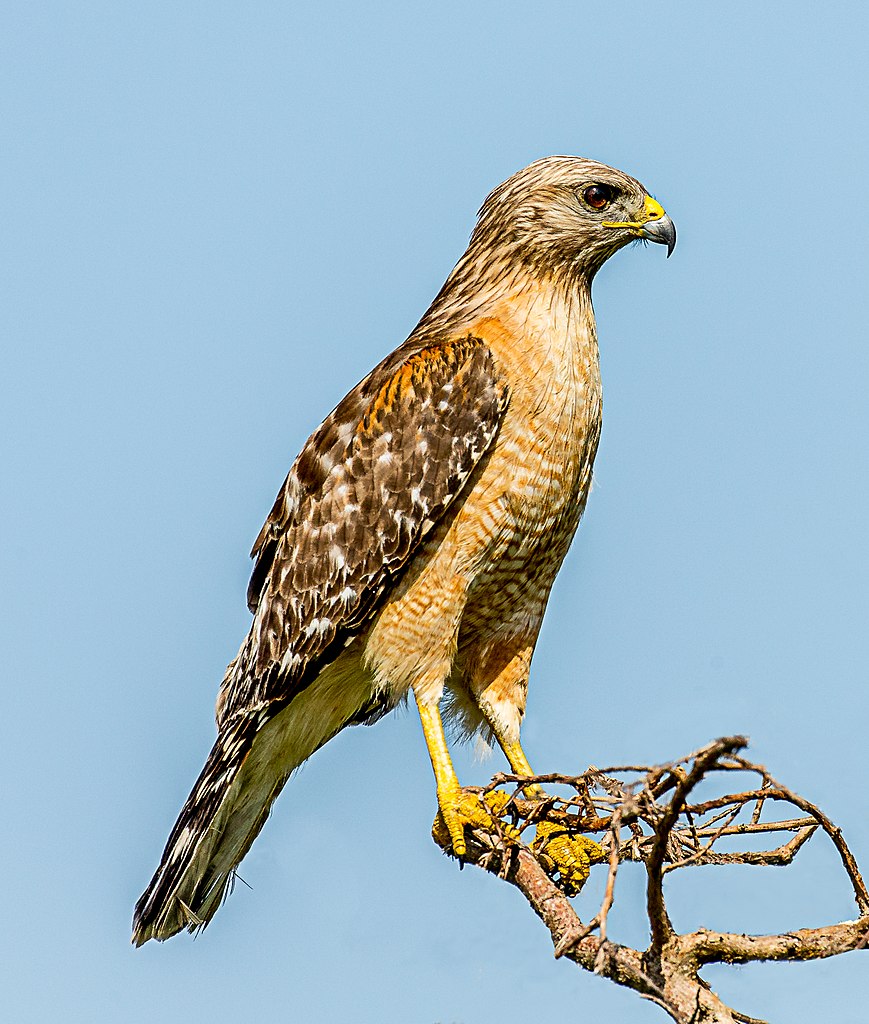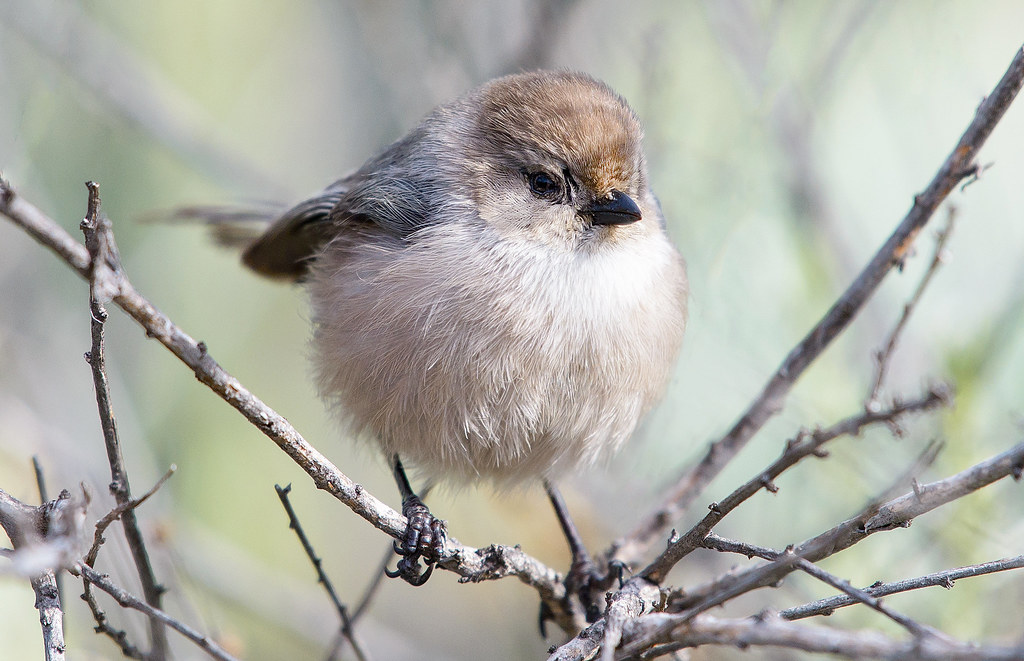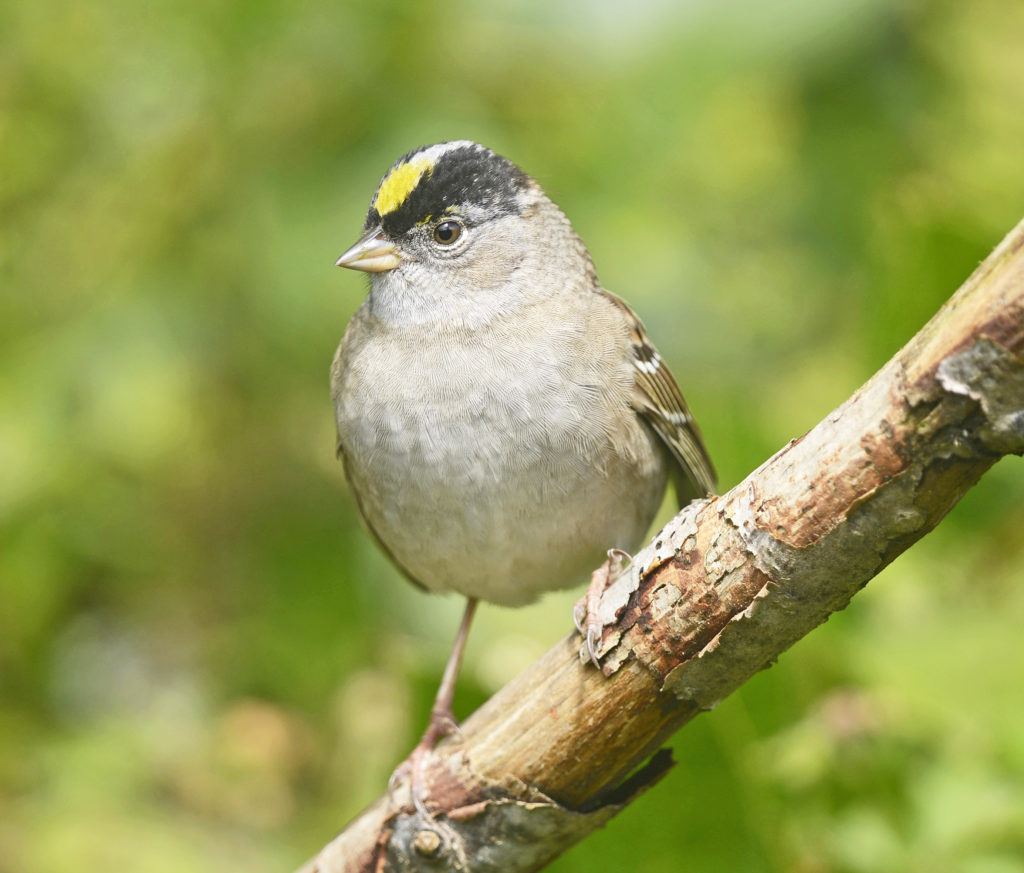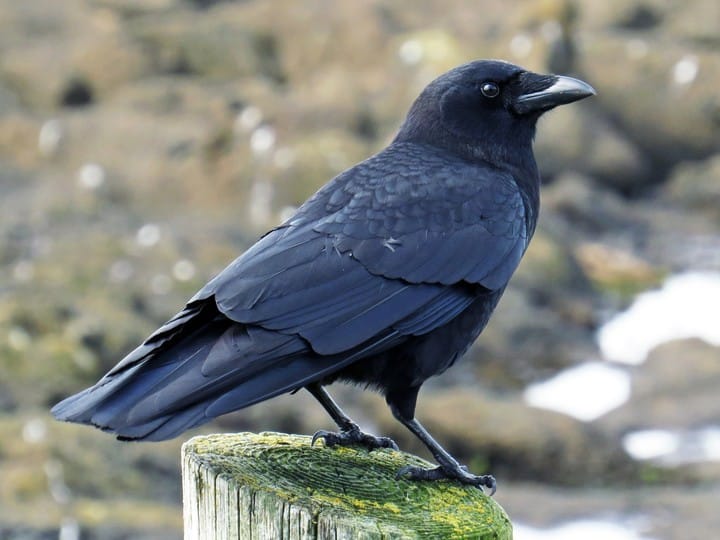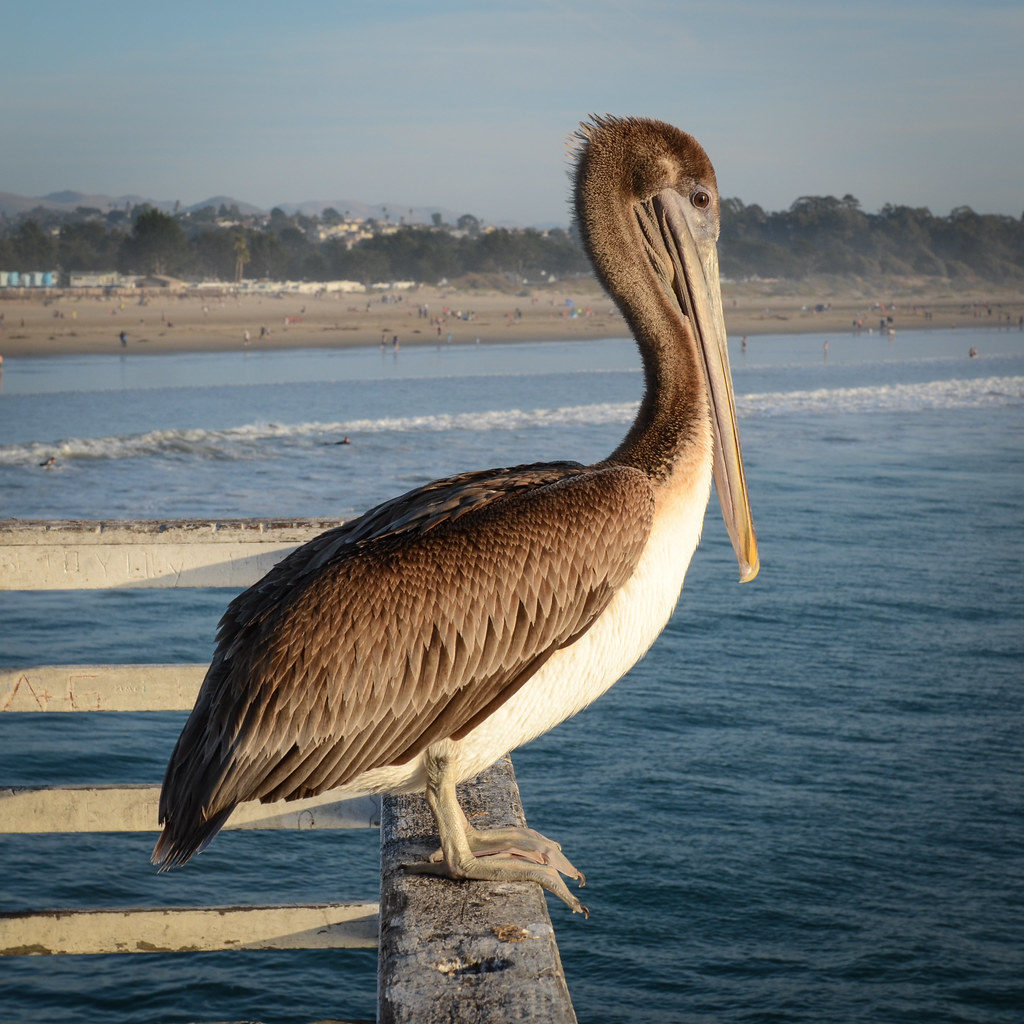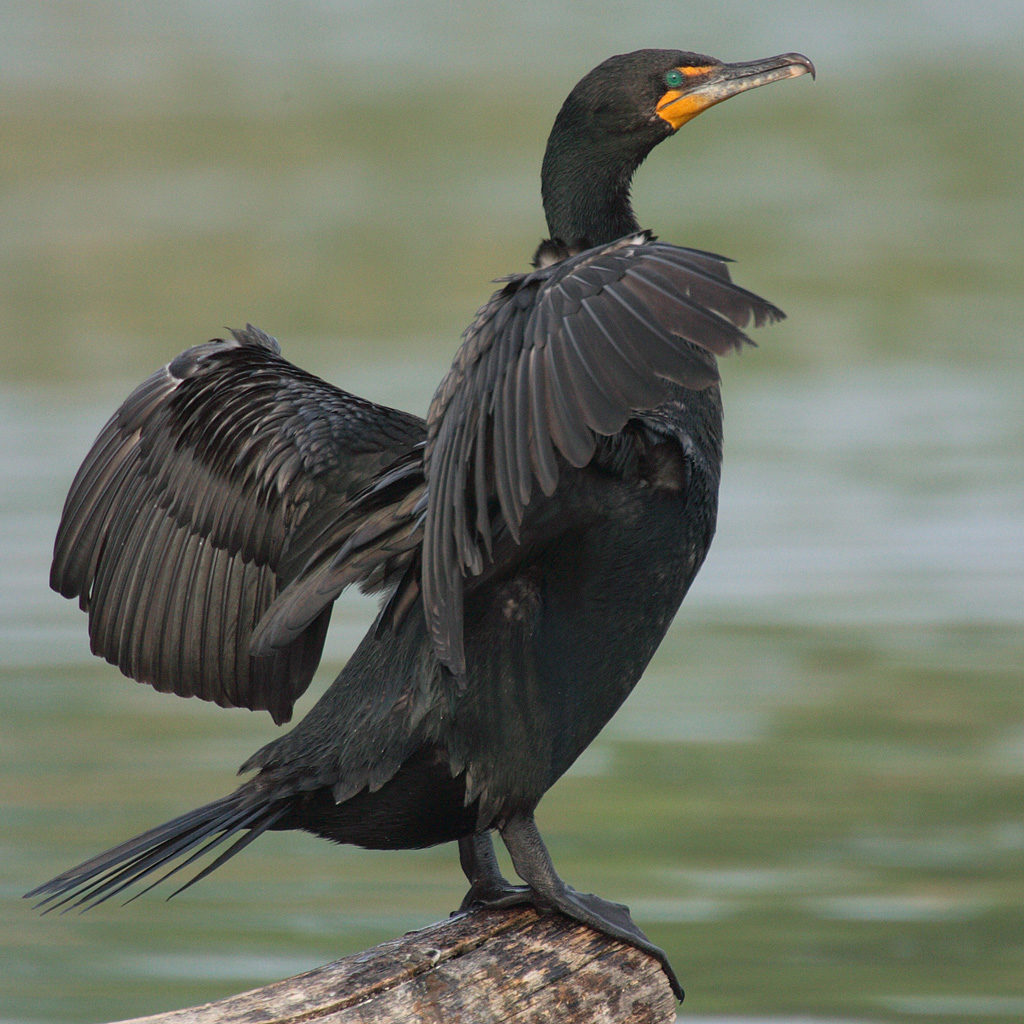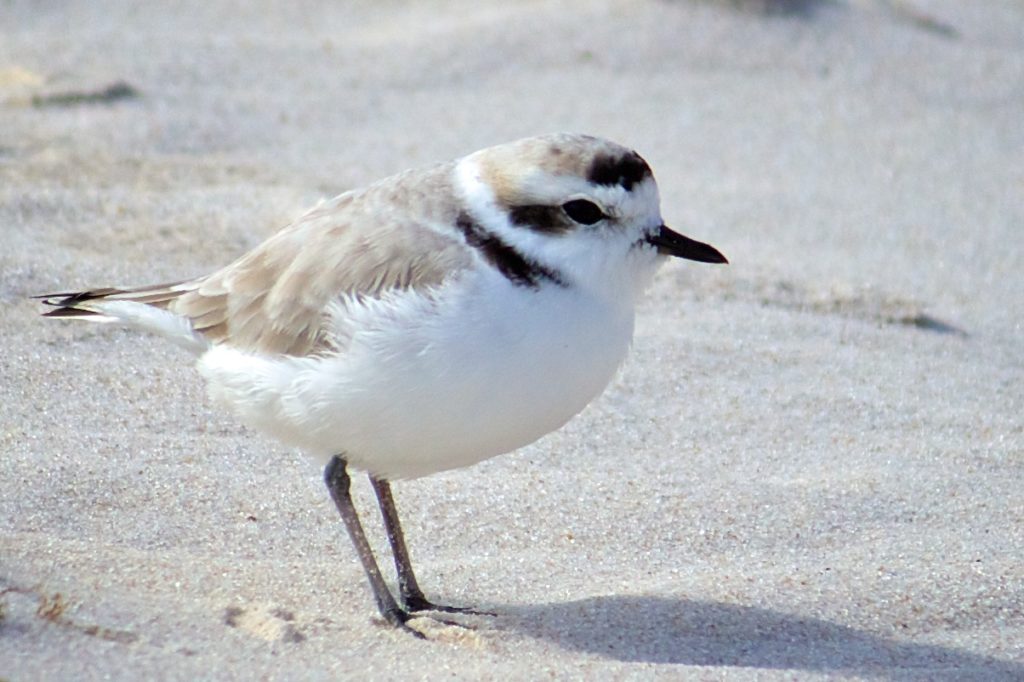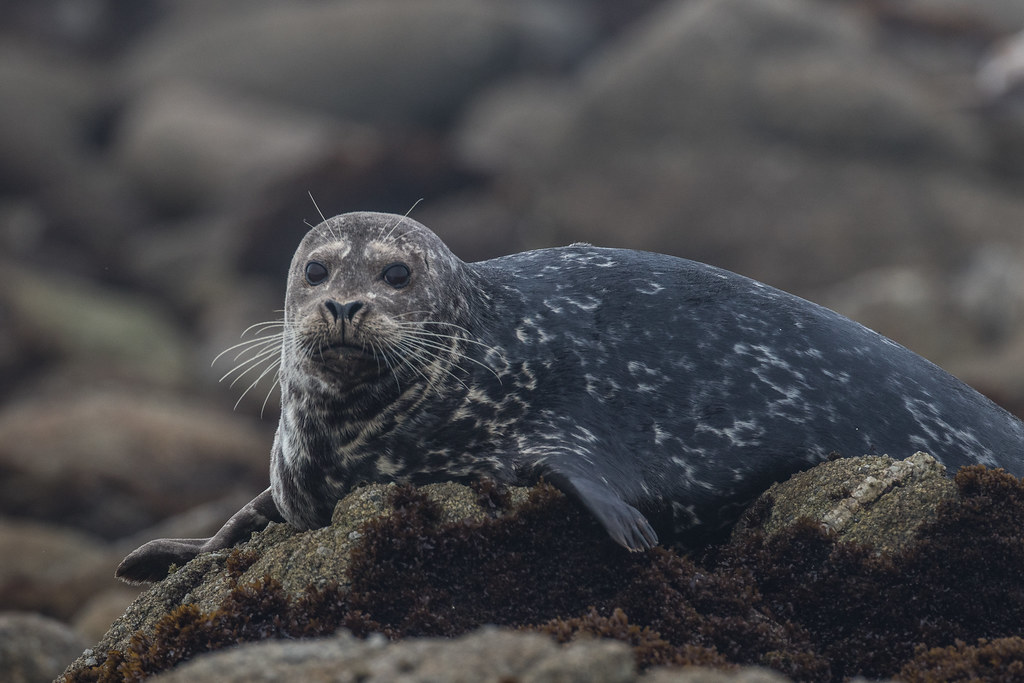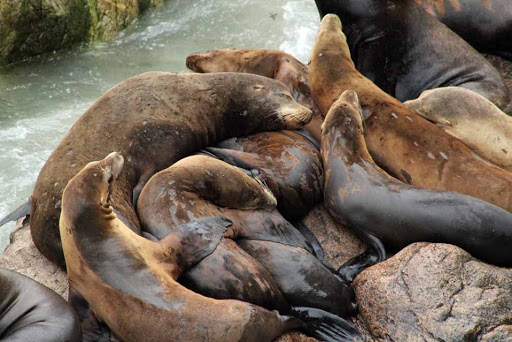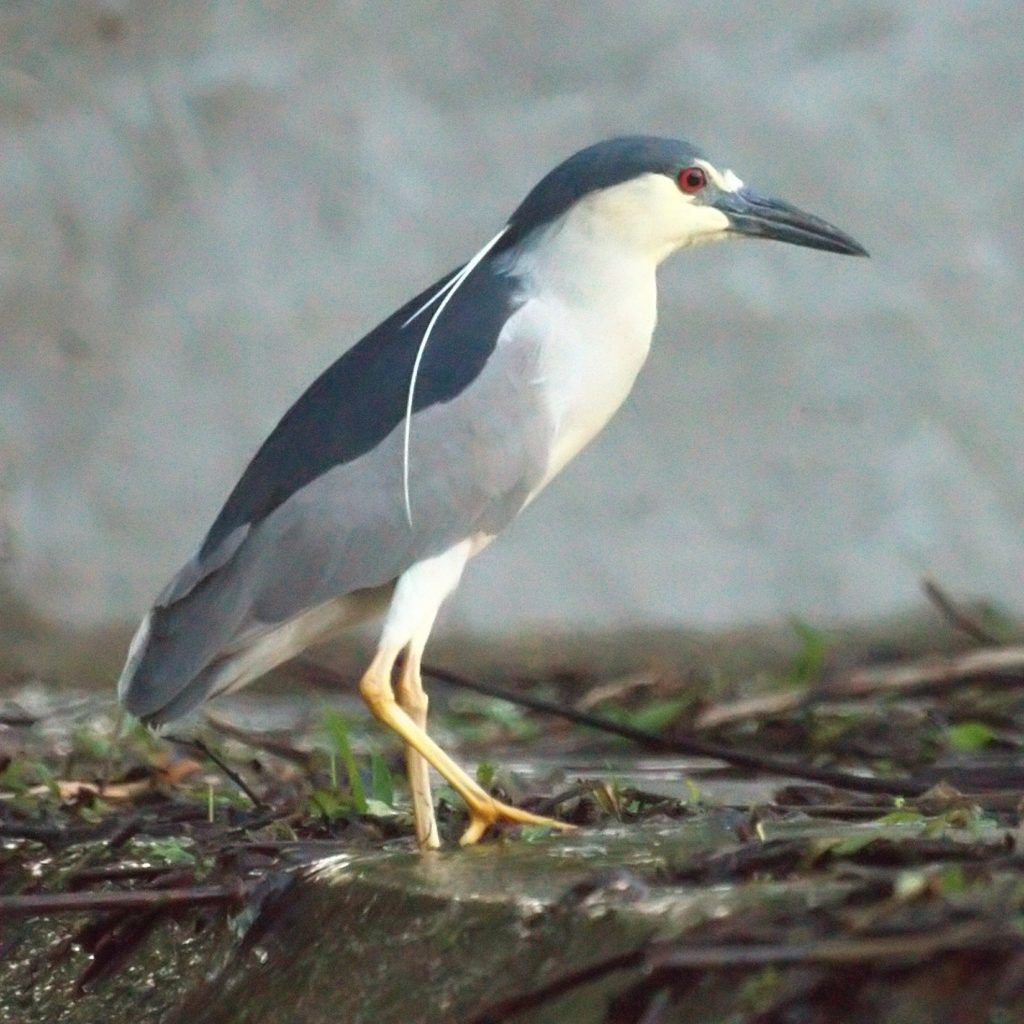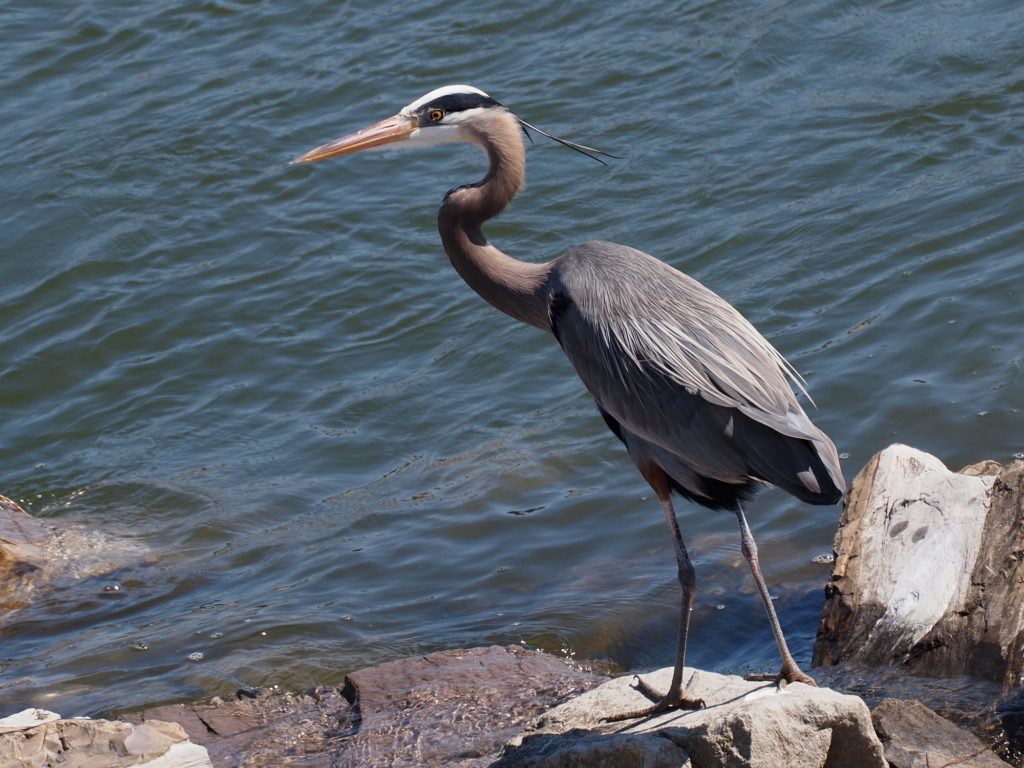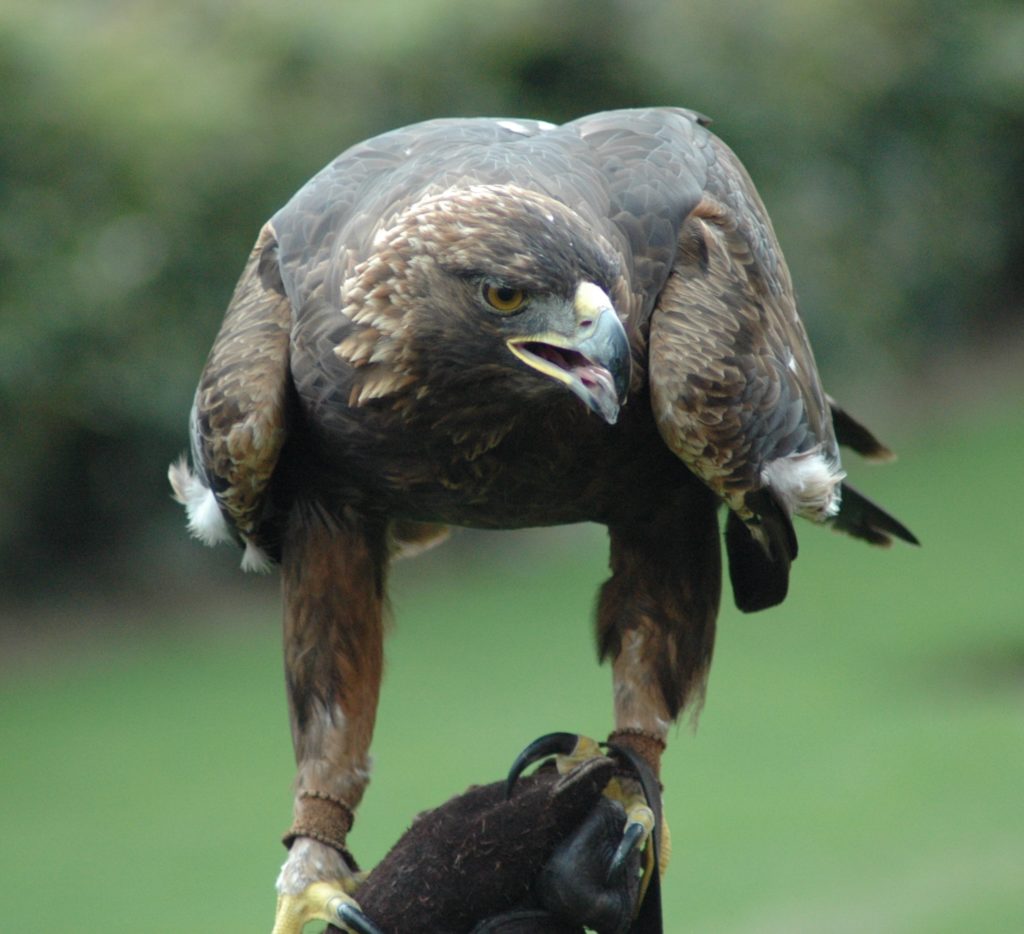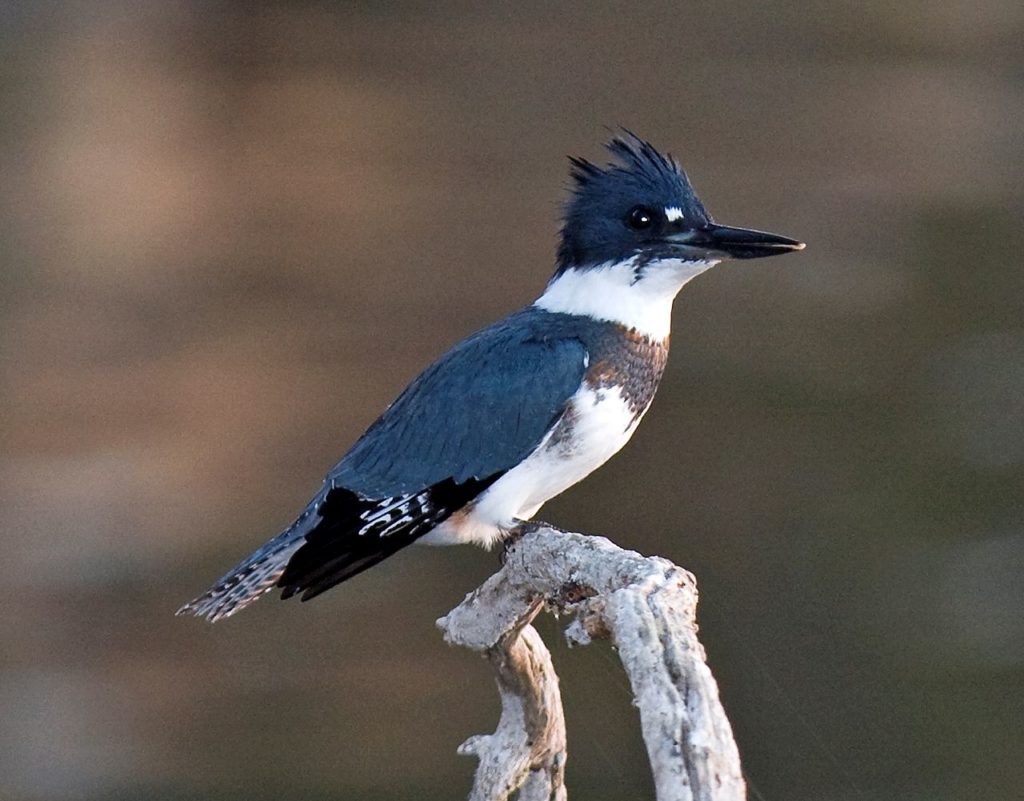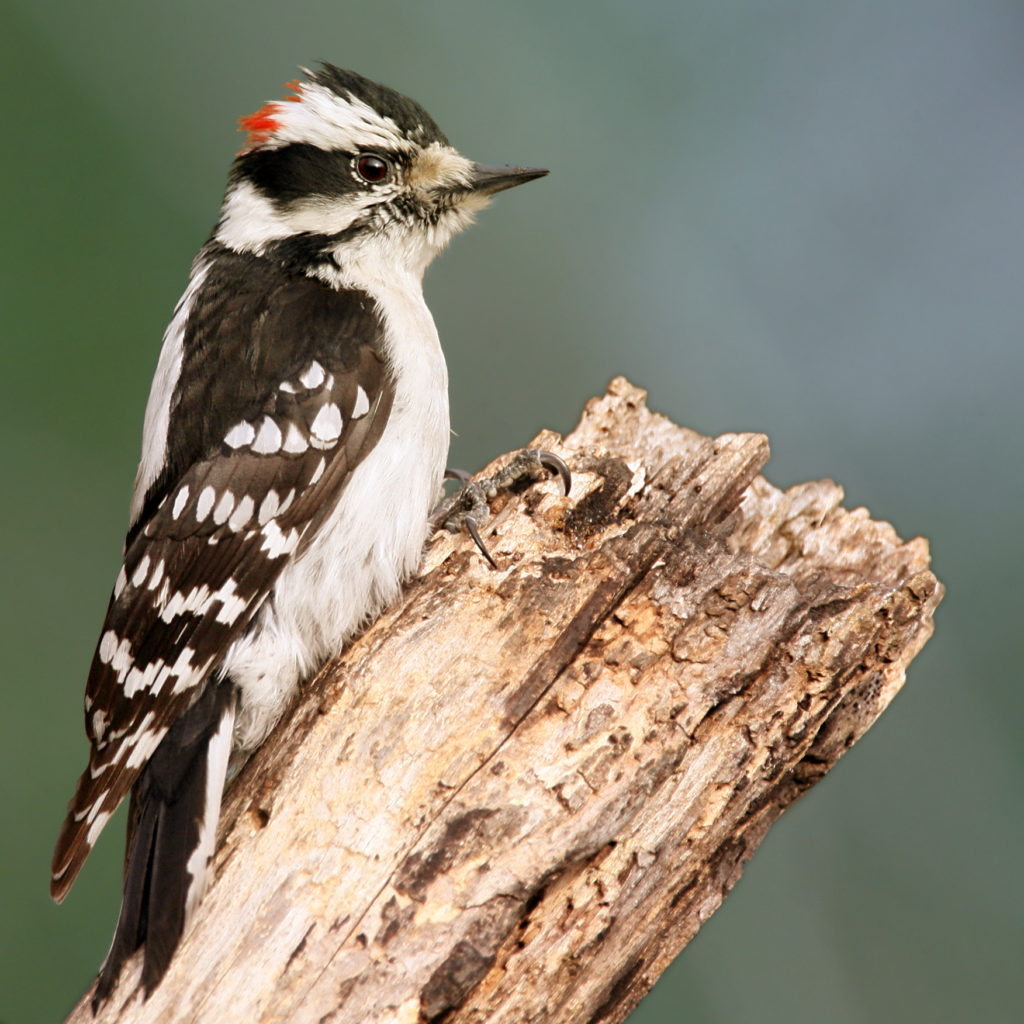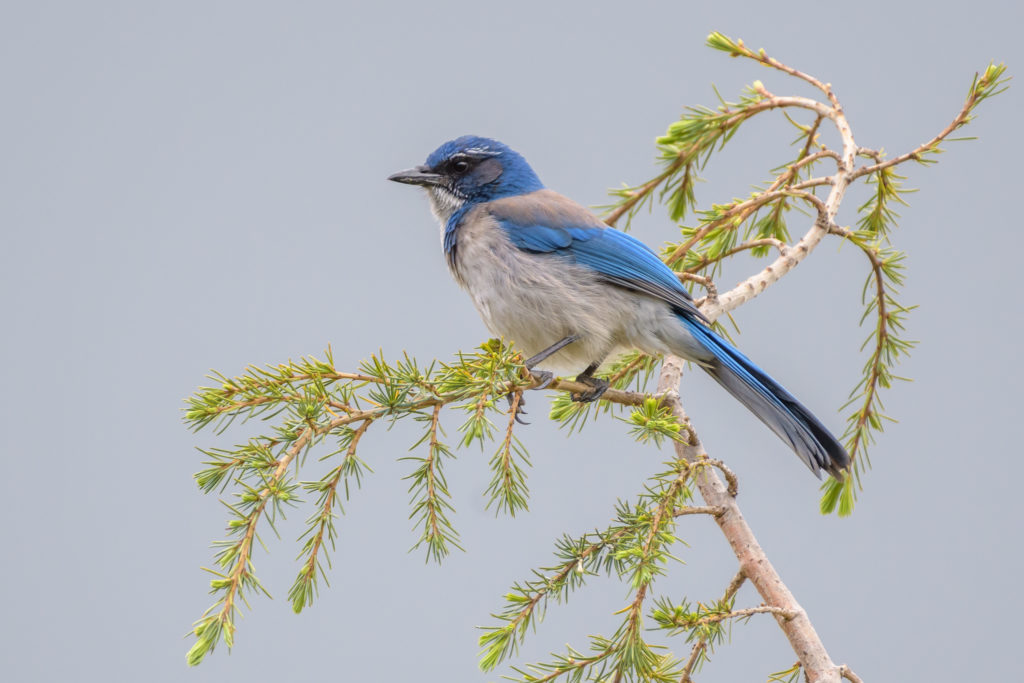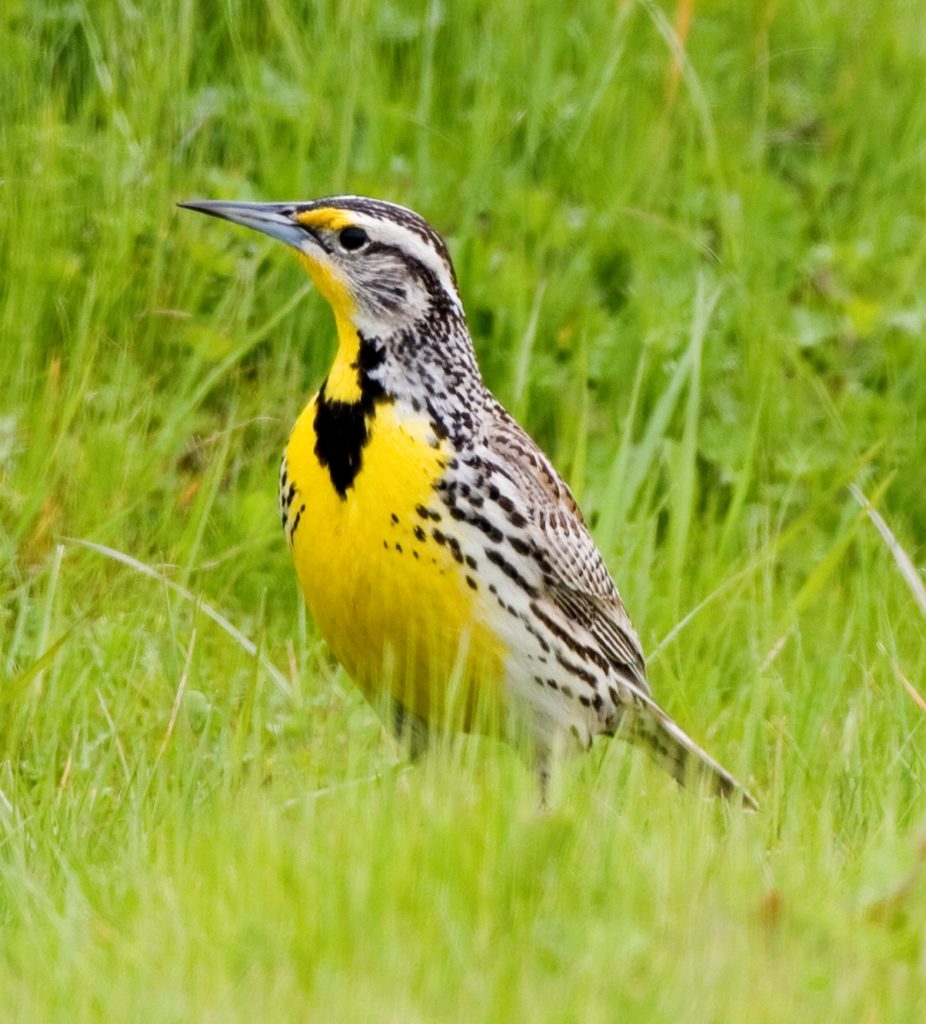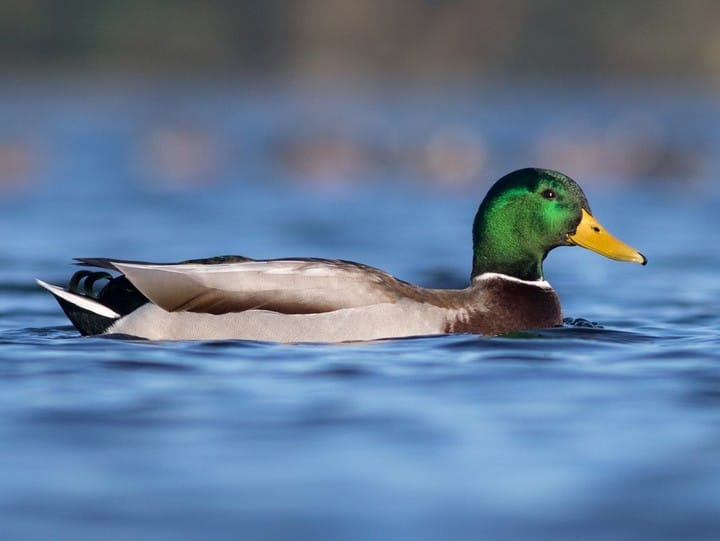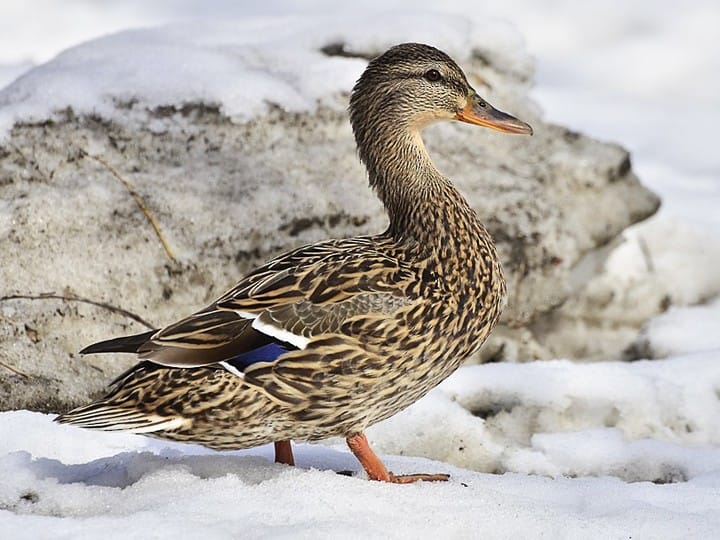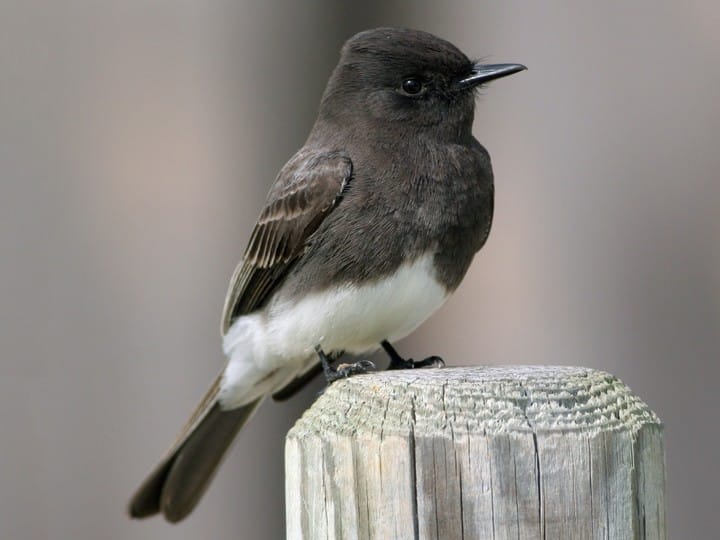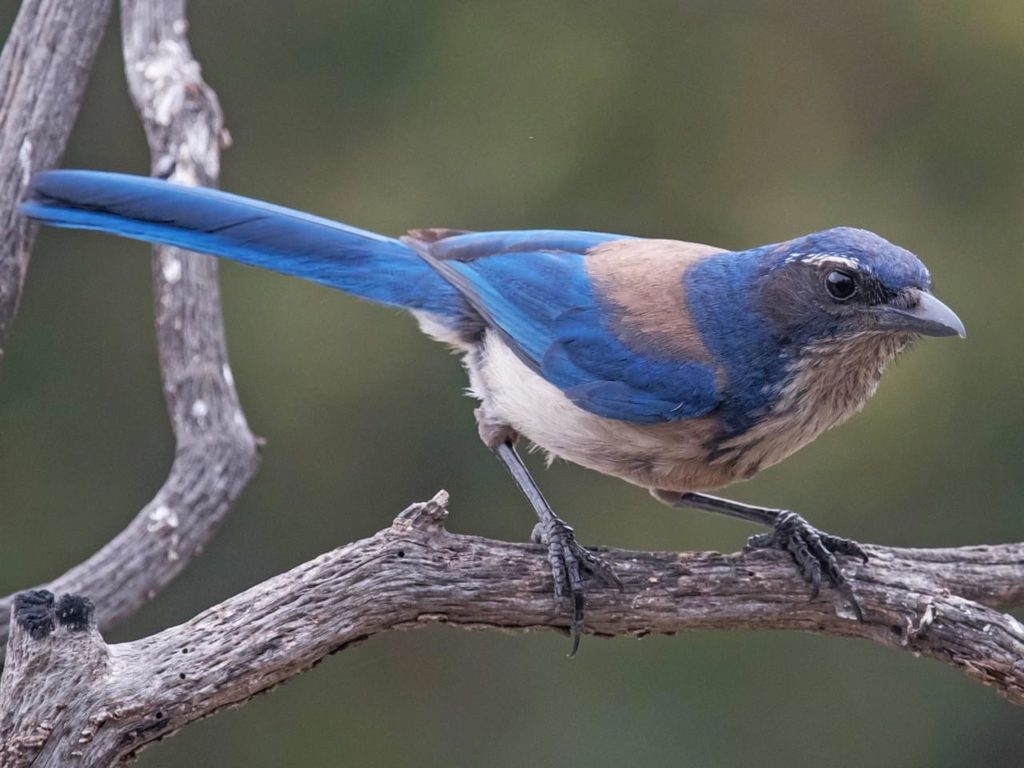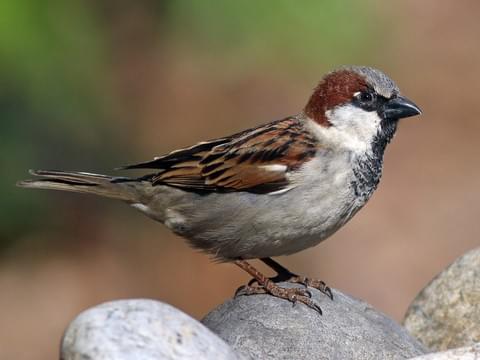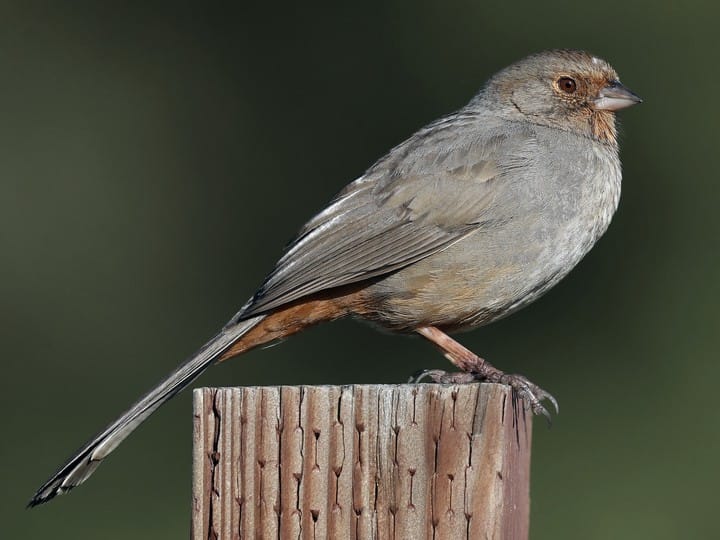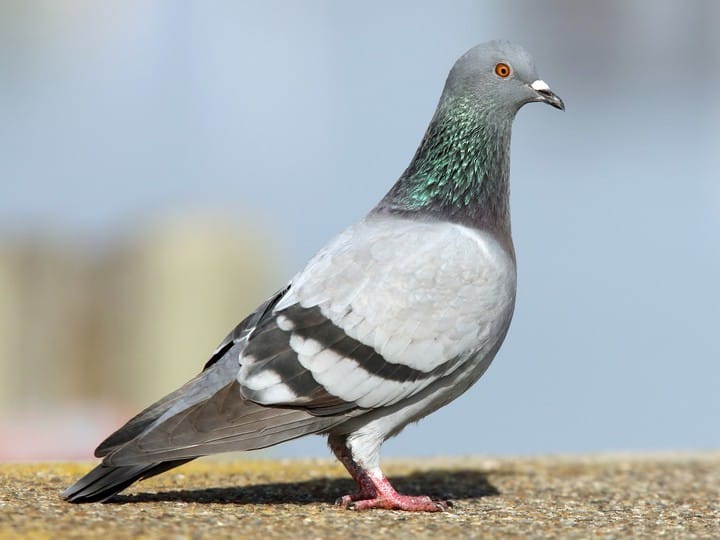Experiment with creating art from nature! Many plants and rocks have pigments inside of them that you can paint or draw with. You can even go one step further and try making your own paint brush from found natural materials!
How to find materials
Look in sidewalk cracks for leaves or flowers and look in dirt patches for different types of rocks. Look on bushes or trees for berries, flowers, and leaves. My favorite is oxalis, more commonly known as sourgrass (pictured to the right). It is a yellow flower that is common in Santa Cruz and makes a highlighter yellow color when used as natural paint. Bonus: this plant is invasive and is often considered a weed that you could completely remove.
On the other hand if you want to create art from nature but want to stay inside you can do that too! Some of your food can be used to paint and draw. For example, you can use colorful spices such as turmeric or paprika to create paint by mixing the powder with water. Beets, purple cabbage, and berries will also work – they often turn my cutting board different colors when I am chopping them! If you have a fireplace you can even use the small pieces of burnt wood that are left behind to draw with or you can grind it up and mix with water to create black paint.
Collecting plants
- Be respectful of the plants you collect
- Only take what you need or take less than 10% of a plant (If there are 10 leaves on the plant, take only 1 and find other plants to pick from if you need more)
- Collect with permission on private property and do not collect in State Parks
- Stay away from harmful plants such as poison oak and stinging nettle
Creating Paint
- Use your hands or a spoon to grind up the plants or rocks
- Try adding water or soaking items in warm water to soften them
- Be patient, making your own paint is an experiment and it will often give you interesting surprises! See what happens if you add baking soda or vinegar- sometimes this will change the color of a paint!
Questions to ponder
- What colors do you predict will be created from your items?
- Did any of the colors surprise you? Why?
- How did the colors change over time?
- How did the colors change when you added different things (like baking soda or vinegar)?
Post by Elise

